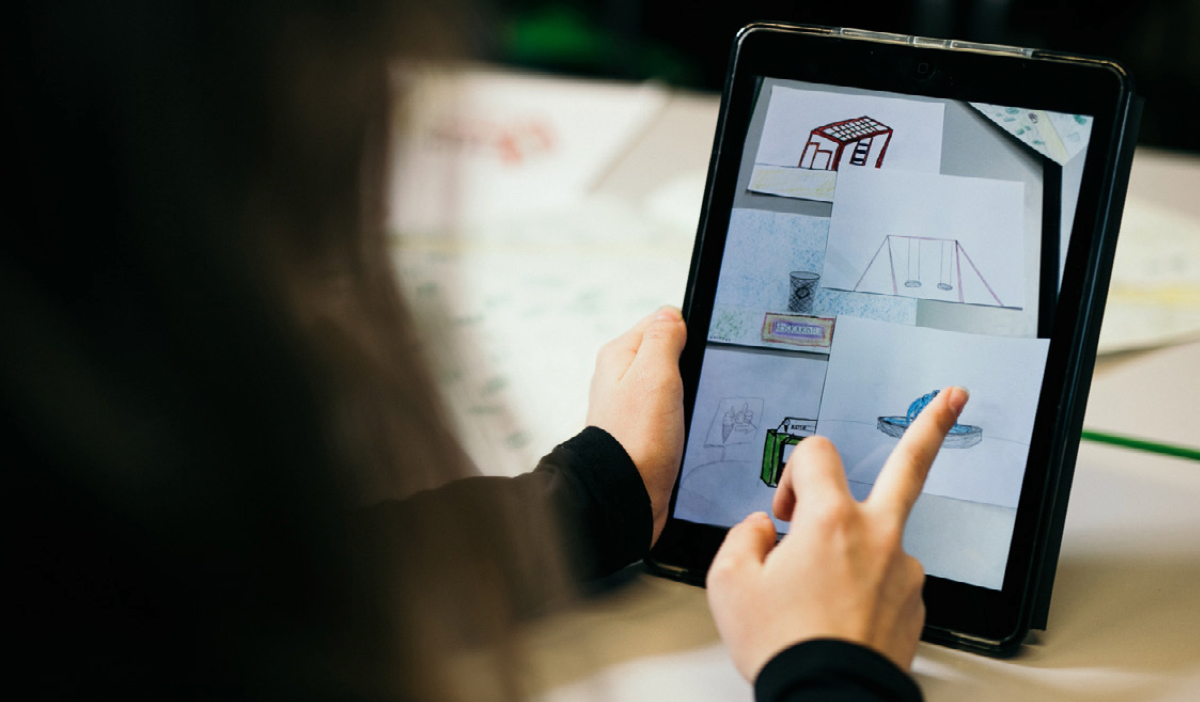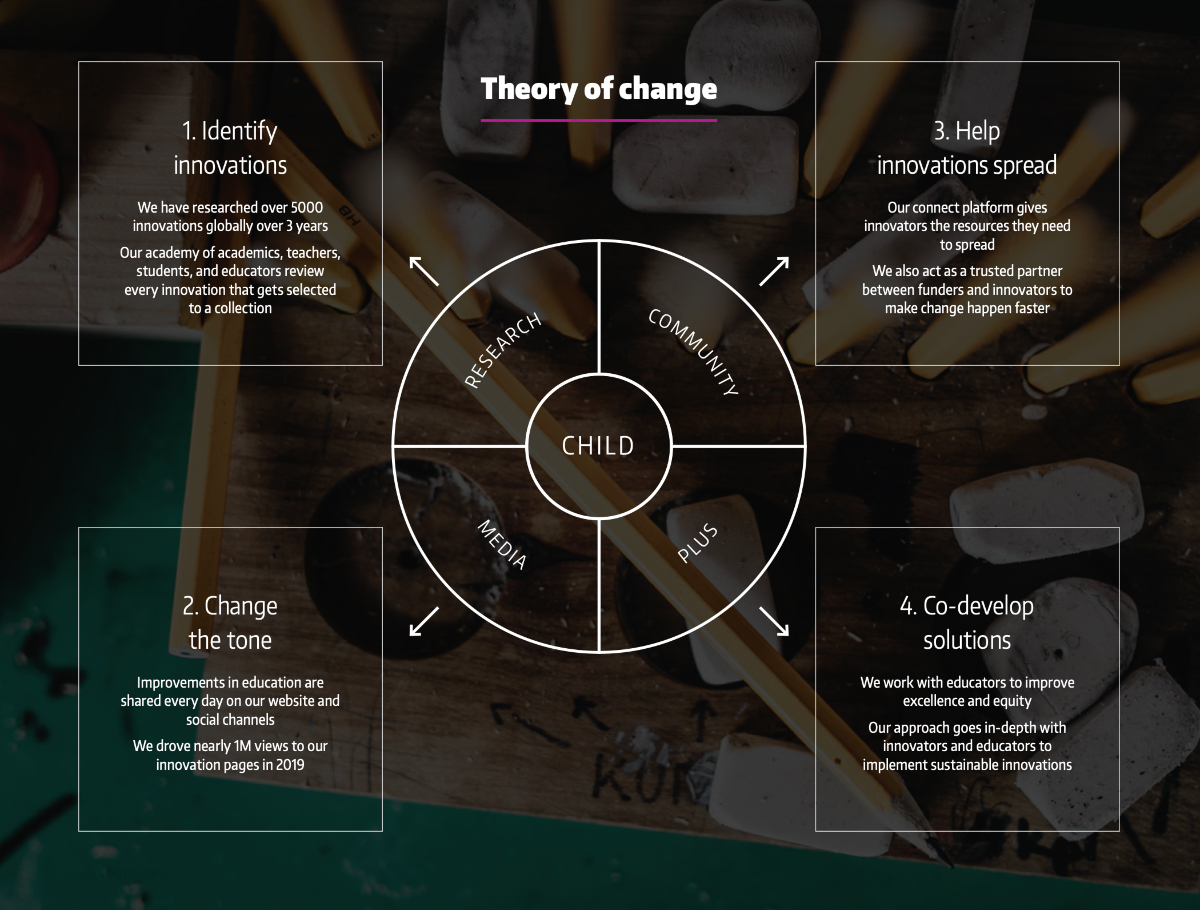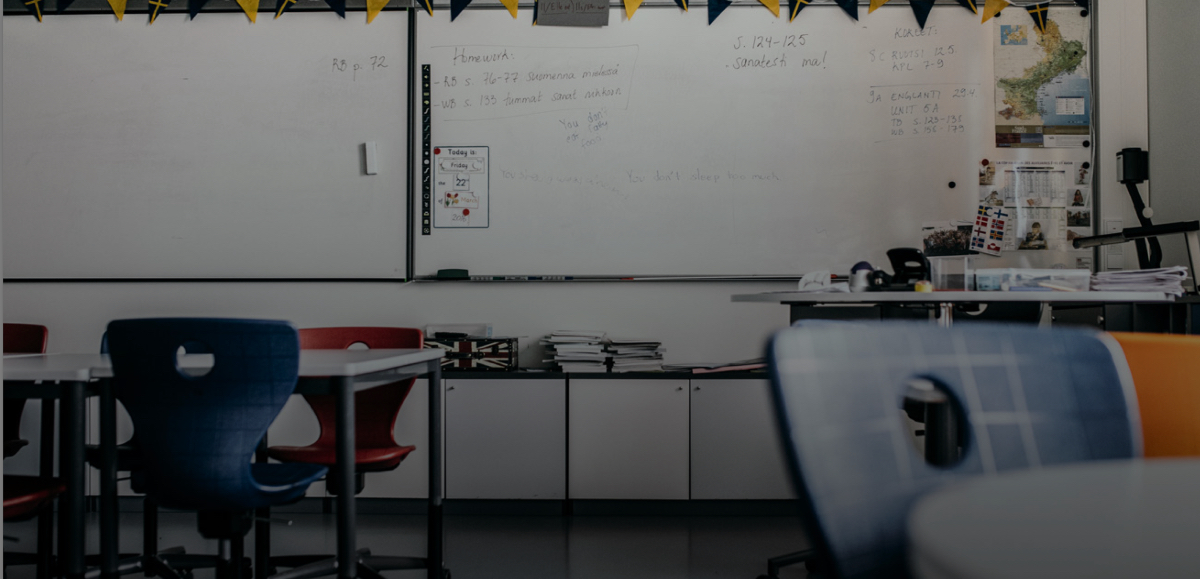The world has been shaken by the Covid-19 pandemic, a situation that is affecting the lives of countless communities, families and students. The crisis unleashed was one for which society was not prepared. Pillars such as equality in education have been affected, as households’ access to technology is uneven. The education system has been challenged in all parts of the world, but we must not forget that, from each challenge, an opportunity for improvement arises.
Individual solutions have been developed and deployed in all countries, giving rise to an alternative educational proposal, through the generation of new learning environments for teachers and students. Although the crisis is global and transversal, the education community is striving to solve the problems on its own. The work of teachers has been pivotal during the Covid-19 outbreak, to which they have managed to adapt quickly to meet students’ needs in the face of an uncertain future.
Against this backdrop, HundrED in partnership with the Organisation for Economic Co-operation and Development (OECD), published a report to help ensure quality education for all during the Covid-19 lockdowns. On 2 April 2020, the two organisations convened approximately 150 people from 31 countries to discuss the challenges and opportunities posed by the crisis and to share innovations from all members of the community. At that meeting, collective concern was raised regarding unequal access to technology, a factor that is crucial to generating equitable scenarios of access to education for all students.
Over ten days, a total of 30 simple solutions were developed and documented to help teachers, parents and children navigate through the many challenges facing education during the pandemic. This is, after all, an opportunity for teachers to build much stronger connections with families and students.
The report offers teachers tools to help them provide quality education for all, despite the exceptional current circumstances. The document is built on the basis of a working proposal that entails four phases:
- Researching the problems, they face around the world
- Pinpointing simple solutions
- Reviewing solutions and innovations with impact and scalability
- Reviewing the pre-selected solutions
Below are some of the problems that have been identified, and for which solutions will be proposed:
- Students cannot concentrate on learning.
- Multiple tools emerge due to students’ isolation.
- Countless resources are shared without a step-by-step guide as to how they should be used.
- Parents plan daily activities but do not work on innovative educational practices at home.
- Families struggle daily trying to balance work and education at home.
- Students are uncertain about the possible closure of the academic year.
- Teachers and families lack resources to deal with the uncertainties posed by the pandemic.
- Teachers are having to face the challenges of digitalisation without the requisite training.
- There are difficulties in maintaining a positive relationship between parents and students.
- Learning based on collaborative play is also a challenge online.
The positive opportunities discovered in this process represent one of the most important aspects to emerge from the research carried out. First of all, this global situation poses an excellent opportunity for teachers to forge much stronger connections with families. Secondly, teachers have the chance to develop creative initiatives to help overcome the limitations of being physically separated (e.g., play-based collaborative learning), and there is ample evidence that teachers are actively collaborating with each other and at the local level. To facilitate this work, many education-related companies are offering their tools and solutions free of charge, with the intention of supporting the continuity of the educational process. Likewise, it should be noted that digital learning offers the opportunity to learn in a different way. Students are presented with the autonomy and the challenge of taking charge of their learning to explore new ideas and experiences like never before. Finally, in this context, new interests and passions will emerge among all the actors involved in an educational system.
However, there are major challenges that are becoming more acute as a result of experiencing this time of global crisis. Currently there are few scalable solutions of impact for regions and countries with major problems in terms of reliable Internet connections and access to digital devices. We also have an extremely limited understanding of how educators, students and parents are coping with these working approaches. There is little or no evidence of cooperation between countries despite now being an excellent opportunity to do so, and teachers have been forced to use a system that is not prepared. Furthermore, vulnerable students are unlikely to be able to make the most of all the time. Similarly, there are concerns about increasing screen exposure time. As for families, the work-life balance for parents striving to support their children’s educational process can be a challenge. It is not clear what the best practices are for different age groups in their online educational development from home, in emergency situations. Furthermore, something that is not being talked about much is the best way to care for students with learning difficulties and special needs. Finally, there are a lot of tools and resources, but the most effective solutions and the best way to implement them are not always widely known.
In these difficult times, there has been an increase in tools and resources directed at the student’s learning process. Despite the challenges identified, a proposal has been devised of the most outstanding solutions to address continuity in students’ learning process:
1. High quality resources. These have been put forward as solutions in the processes of distance teaching and learning. Among the tools and resources that have emerged during this crisis, those provided by the following organisations are noteworthy: Khan Academy, TEDed, Minecraft Education and Wide Open School.
- Khan Academy. This is a learning resource aimed at all ages, covering subjects such as history, mathematics, science, programming, economics, etc. It offers personalised learning that includes instructional videos and practical exercises, with a control panel that allows students to study at their own pace from home.
- TEDed. Aimed at supporting millions of students, parents and teachers affected by Covid-19. TEDed works with experts to create and share high quality interactive lessons by sharing a video diary free of charge.
- Minecraft Education. This is a learning platform based on games that promote creativity, collaboration and problem solving in a digital environment. It is used by teachers in more than 115 countries.
- Wide Open School. This initiative emerged when a group of more than 25 organisations decided to come together and provide educational services and knowledge during the Covid-19 pandemic. They provide an online learning experience for learners, presenting resources they can work with using their mobile devices. They also have resources for students of English.
2.Remote lessons. A collection of easy to implement innovations. These are online classes in real time, through dynamic language applications such as Outschool, SchoolDay, Scratch, GoNoodle, Duolingo, etc.
- Outschool. These are classes that meet in small groups by videoconference. In these sessions students share interests together with their teacher. It makes use of a remote learning platform powered by Zoom.
- SchoolDay. This is an app that is used to share information on issues relating to well-being. It covers four areas of welfare that are relevant when students study from home. It provides a tool for teachers to help with online emotional management. In daily, 30-second segments, students answer research-based questions about their well-being and feelings.
- Scratch. This is a free creative programming platform, with an online community that allows children of all ages to learn how to program and share their own interactive stories, games and animations. This is an ideal app for introducing students to programming, thus developing their minds.
- GoNoodle. Good Energy at Home is a website that offers free, short physical activities, in downloadable videos to do at home. GoNoodle songs and dances are classified into: curricular content, mindfulness, sensory-motor skills, school life and type of movement.
- Duolingo. With schools and universities around the world switching to online learning, home-based language learning applications such as Duolingo have been strengthened.
3.The dedication of the global education community. These communities have come together under the hashtag #frommywindow, virtually connected to the world using platforms such as Link Online Learners and Love for the Elderly. At the same time, they connect parents and children to their respective teachers.
All in all, there are wonderful opportunities that can be harnessed in this exceptional situation, but there are also important challenges for which new and innovative solutions are needed. There is a large gap in our current understanding of what an optimal solution means in areas where access to the Internet and digital devices is limited or non-existent. It is not yet clear how all these proposals can be used in the context of this crisis. The hope is that in the coming months this challenge will be better understood, and with the help of global networks we will be able to rethink solutions that have been seen to work effectively on a large scale. It is safe to say that, when schools reopen, what has been learned from this experience should be used to effect positive change in the approach to improving education systems.
The Covid-19 pandemic has shown that the world of education is full of inspiring innovations, which struggle to be disseminated every day in order to reach their target audience: parents, students and teachers. Since 2016, HundrED has been conducting rigorous research in education on all continents in order to improve the quality of education. It has been selecting innovative initiatives and sharing them globally through its website.
For more information, see the website:
Are you involved in any initiative that aims to ensure learning continuity during the global Covid-19 crisis? Share your initiative HERE!









